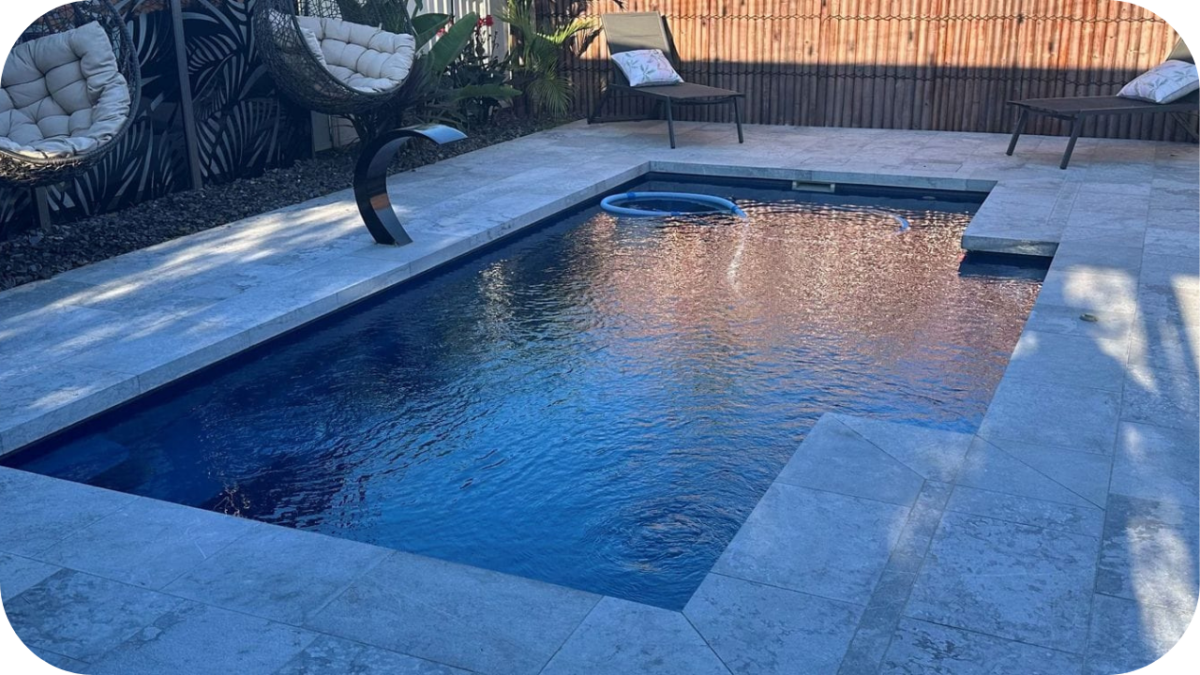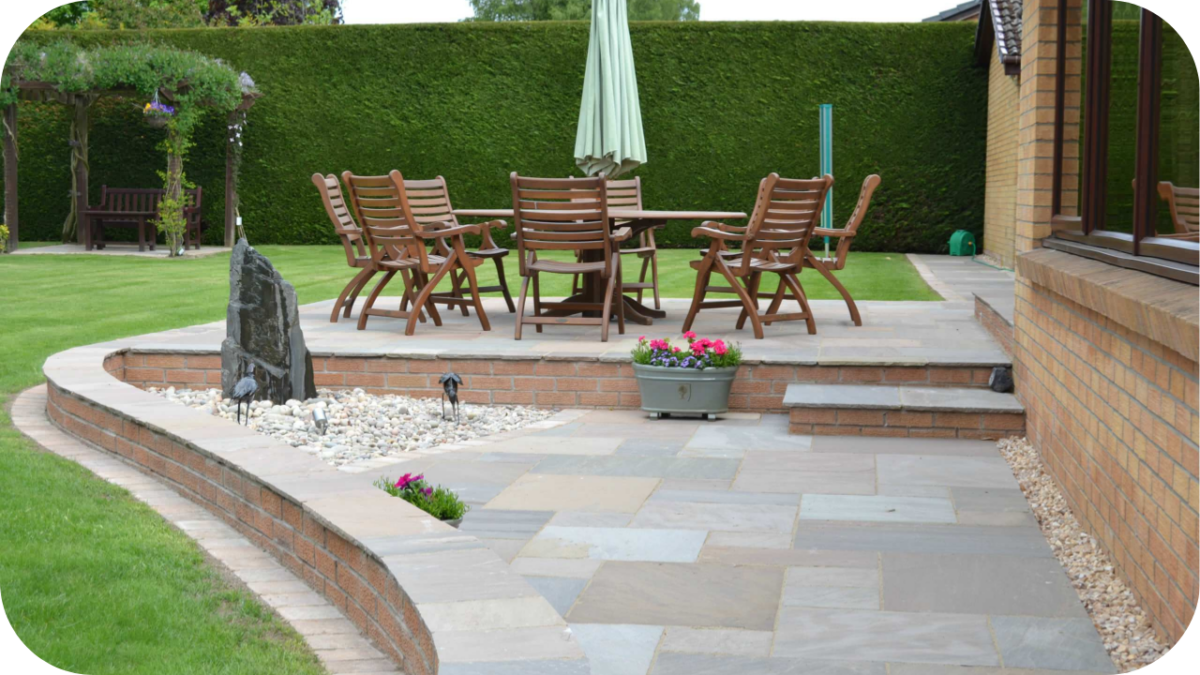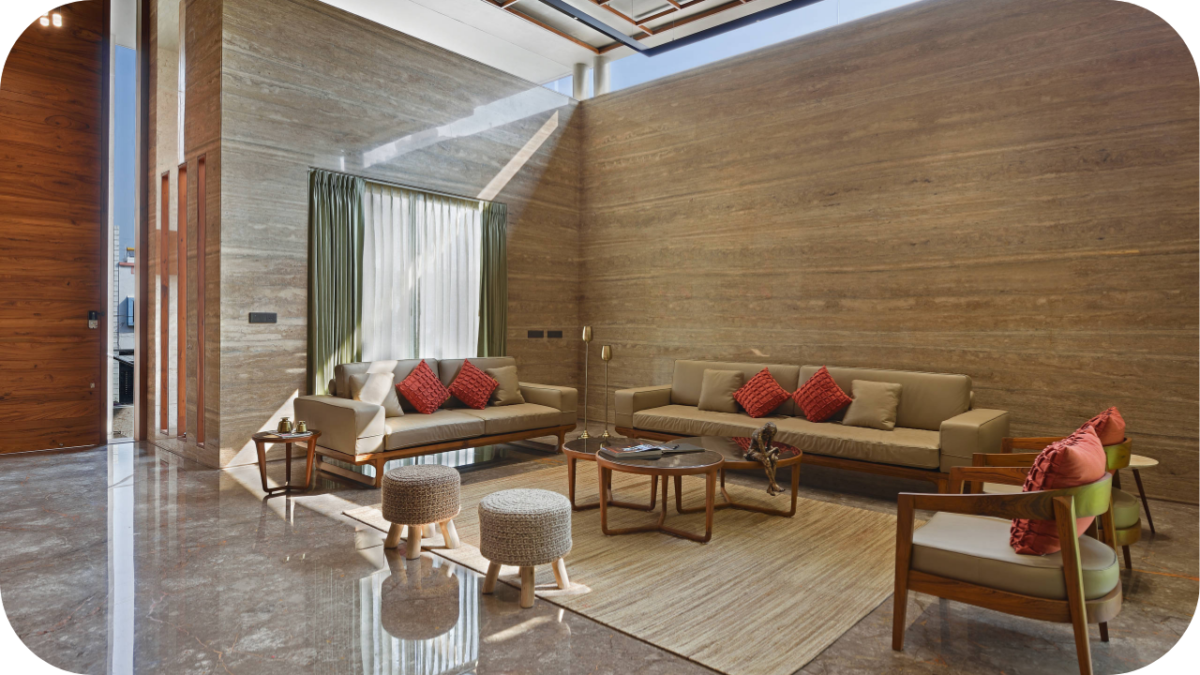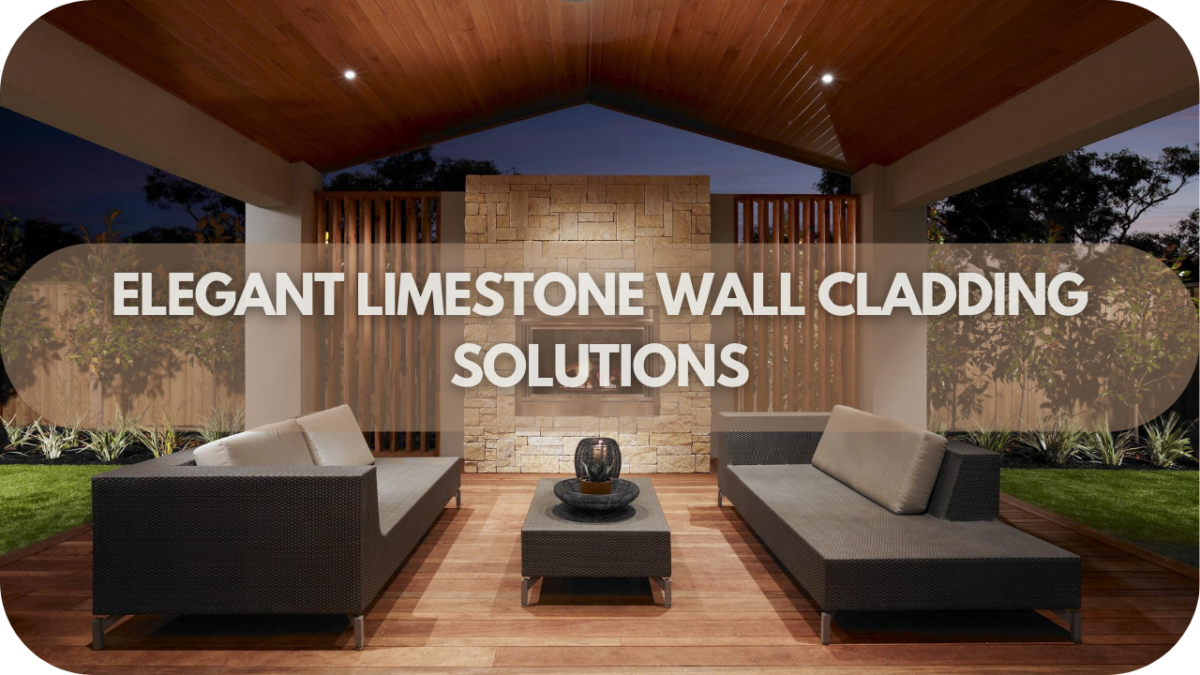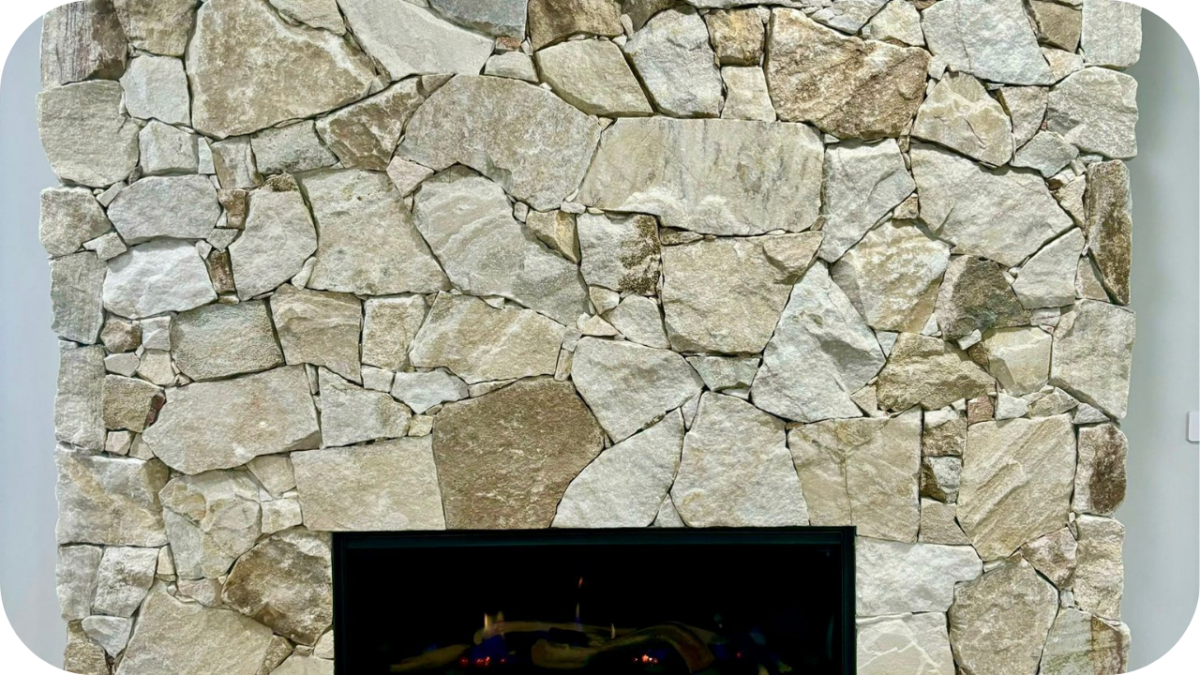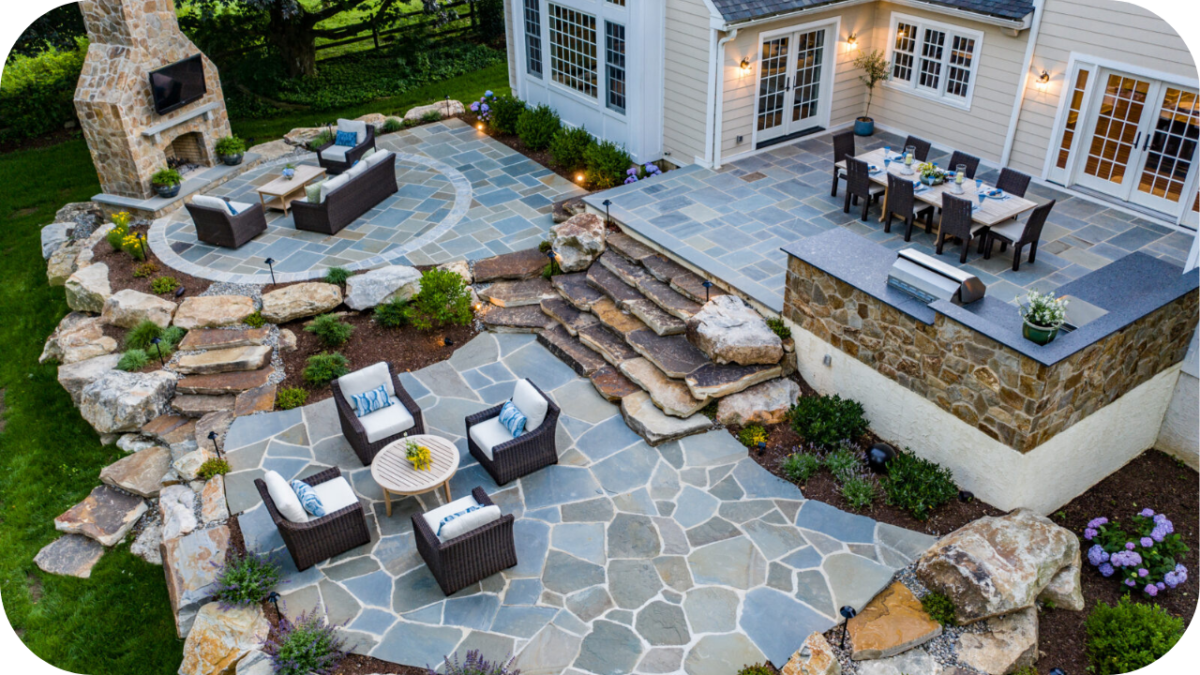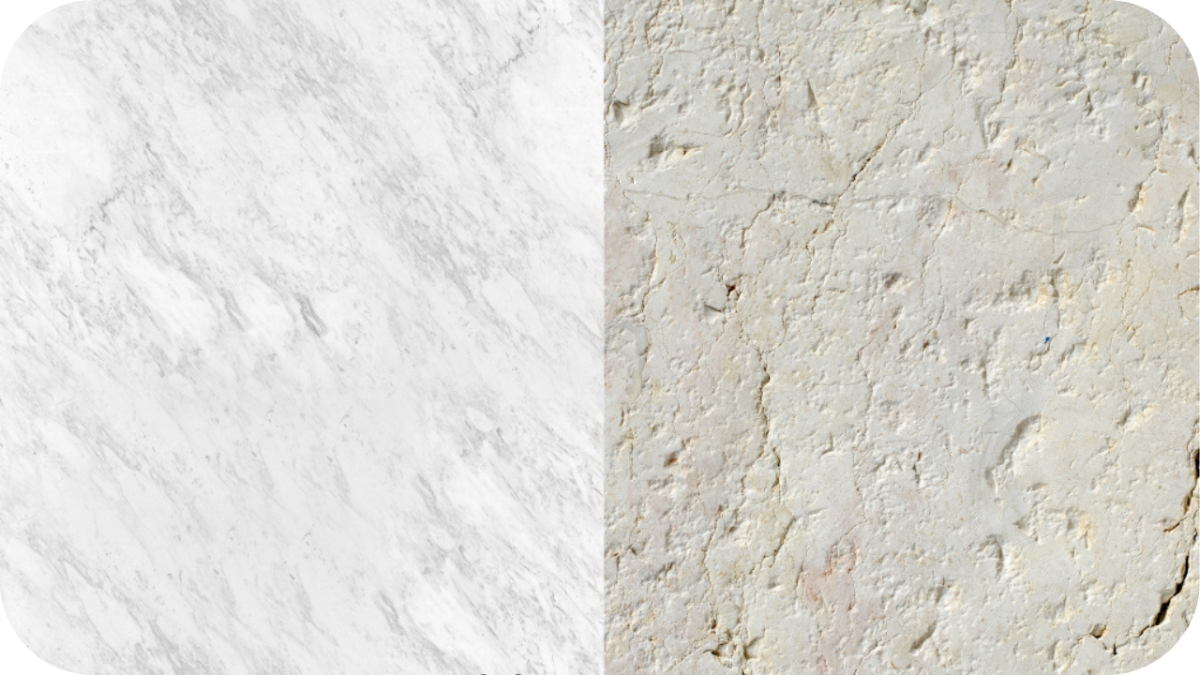Limestone Pavers in Victoria: Styles, Costs, and Installation Tips
Limestone pavers bring timeless beauty and durability to any outdoor space, making them a top choice for patios, walkways, and pool surrounds in Victoria. Their natural elegance, versatility, and long-lasting appeal suit classic and modern designs.
Whether you’re creating a cosy alfresco area or a grand entrance, limestone enhances the look and feel of your outdoor space. With various finishes and colours available, finding the perfect match for your style is easy.
Keep reading to find the best limestone paver styles, costs, and expert installation tips to maximise your investment.
Why Choose Limestone Pavers?
Limestone pavers are a top choice for outdoor spaces in Victoria, offering a perfect blend of beauty, durability, and versatility. Whether you’re designing a patio, walkway, or poolside area, limestone provides a stylish and long-lasting solution.
- Timeless Aesthetic Appeal: Soft, neutral tones complement modern and traditional outdoor designs.
- Durability & Strength: Withstands Victoria’s changing climate, making it ideal for outdoor use.
- Comfortable Underfoot: Naturally cooler than other stones, perfect for hot summer days.
- Versatile Applications: Suitable for patios, driveways, pathways, and pool surrounds.
- Easy to Shape & Cut: Allows for custom designs and unique layouts.
- Eco-Friendly Option: A natural material that blends seamlessly with outdoor environments.
Types of Limestone Pavers Available at Buy A Fork

At Splendour in Stone, we offer a diverse selection of limestone pavers, each designed to enhance your outdoor spaces with natural beauty and durability. Our range includes:
- Tuscan Limestone: Known for its warm, earthy tones, this paver adds a rustic charm to patios and pathways.
- Stamford Limestone: Featuring subtle grey hues, Stamford limestone provides a sleek, modern aesthetic suitable for contemporary designs.
- Himalayan Limestone: With its unique texture and colour variations, Himalayan limestone brings an exotic appeal to any outdoor setting.
- Selene Limestone: Characterised by its light, creamy shades, Selene limestone creates a bright and inviting atmosphere.
- Brooklyn Limestone: Offering a blend of neutral tones, Brooklyn limestone complements various architectural styles.
- Berkshire Limestone: Renowned for its durability and classic appearance, Berkshire limestone is ideal for high-traffic areas.
- Sienna Limestone: With warm, golden hues, Sienna limestone adds a touch of elegance to outdoor spaces.
Popular Limestone Paver Styles in Victoria

Limestone pavers come in various styles and finishes, making them a versatile option for different outdoor designs. Whether you prefer a classic, modern, or rustic look, a limestone style suits your space.
Tumbled Limestone
Tumbled limestone undergoes a process that gives it a soft, aged appearance with rounded edges and a textured surface. This finish enhances the stone’s natural charm, making it ideal for traditional, Mediterranean, or rustic outdoor spaces.
Tumbled limestone works beautifully in walkways, patios, and courtyards, offering a relaxed, timeless appeal.
Honed Limestone
For a more sleek and contemporary look, honed limestone features a smooth, matte surface that enhances the stone’s natural colour.
It’s a popular choice for modern patios, alfresco areas, and pool surrounds, providing a clean, sophisticated aesthetic. This finish is best suited for dry, well-maintained areas, as it offers a refined yet durable surface.
Natural Split Limestone
Natural split limestone retains its organic, rough texture, giving outdoor spaces an authentic, rugged feel.
This style is particularly suited for garden paths, driveways, and feature walls, where its raw, earthy look complements the natural landscape. It adds character while maintaining the strength and longevity that limestone is known for.
Antiqued or Distressed Limestone
For those who love the look of aged stone, antiqued or distressed limestone is designed to mimic the weathered beauty of centuries-old surfaces. This finish is perfect for heritage homes, courtyards, and country-style outdoor areas, offering a warm and inviting appearance.
The worn edges and subtle surface variations create a lived-in, timeless charm that blends beautifully with traditional or vintage-inspired designs.
Cost of Limestone Pavers in Victoria

The cost of limestone pavers in Victoria varies based on quality, thickness, finish, and sourcing. On average, prices range from $70 to $235 per square metre, with standard options at the lower end and premium finishes or imported varieties at the higher end.
Factors such as stone treatment (honed, tumbled, or antiqued), size, and thickness can influence the final price. Additionally, installation costs typically range from $50 to $100 per square metre, depending on the project’s complexity.
While higher-end limestone pavers require a larger upfront investment, they offer exceptional durability and aesthetic appeal, making them a worthwhile long-term choice. Investing in quality stone and professional installation ensures your outdoor space remains beautiful and functional for years.
To get the most accurate pricing for your project, it’s best to consult with suppliers like Splendour in Stone, who offer a wide range of limestone pavers to suit different budgets and design preferences.
Limestone Paver Installation Tips
Proper installation is key to ensuring limestone pavers remain durable, stable, and visually appealing for years to come. Whether you’re laying them for a patio, walkway, or driveway, following the right techniques will enhance their longevity and performance.
1. Prepare a Solid Base
A well-prepared base is crucial for preventing shifting or sinking over time. Start by excavating the area to the required depth and compacting the soil. Add a layer of crushed rock or gravel, compacting it thoroughly to create a stable foundation.
2. Choose the Right Laying Method
Limestone pavers can be installed using either a sand-set or mortar-set method:
- Sand-Set Installation: Ideal for patios and pathways, this method involves laying pavers on a bedding of sand, making adjustments easier.
- Mortar-Set Installation: Recommended for driveways or heavy-traffic areas where pavers are fixed in place with mortar for extra stability.
3. Allow for Proper Drainage
Limestone is a porous stone, so ensuring proper drainage is essential to prevent water buildup and long-term damage. A gentle slope away from buildings will help water flow naturally, avoiding potential erosion issues.
4. Seal for Protection
Applying a high-quality sealer helps protect limestone from moisture absorption, stains, and weathering. Sealers should be reapplied periodically, especially in areas exposed to high foot traffic or harsh weather conditions.
5. Use the Right Jointing Material
For a clean and long-lasting finish, fill the joints between pavers with fine sand, grout, or polymeric sand. This prevents weeds from growing and keeps the pavers securely in place.
6. Regular Maintenance for Longevity
Keeping limestone pavers in top condition requires regular sweeping, occasional pressure washing, and resealing when necessary. Avoid using acidic cleaners, as they can damage the stone’s surface.
Where to Use Limestone Pavers for Maximum Impact

Limestone pavers are a versatile and stylish choice for outdoor spaces, offering a perfect balance of durability and natural beauty. Limestone enhances any setting, whether you’re aiming for a modern, classic, or rustic look. Here are the best areas to use limestone pavers for the greatest visual and functional impact.
1. Patios and Alfresco Areas
Limestone pavers create a sophisticated and inviting patio space, perfect for outdoor dining and entertaining. Their cool surface underfoot makes them comfortable year-round, while their neutral tones complement various outdoor furniture styles.
2. Walkways and Garden Paths
Limestone pavers are an excellent pathway choice for a seamless flow through your landscape. Their natural textures and earthy tones blend beautifully with gardens, offering both practicality and aesthetic appeal.
3. Pool Surrounds
Limestone’s natural ability to stay cool makes it an ideal option for pool areas. It provides a luxurious, non-glare finish that enhances the poolside aesthetic while ensuring comfort underfoot, even on hot days.
4. Driveways and Courtyards
Limestone pavers add durability and charm for a grand entrance or elegant driveway. Properly installed and sealed, they withstand vehicle traffic while maintaining timeless beauty.
5. Outdoor Steps and Feature Walls
Limestone isn’t just for flat surfaces—it’s also perfect for steps, retaining walls, and decorative features. Its natural elegance and durability make it a standout element in landscape designs.
Why Splendour in Stone is Your Trusted Supplier for Limestone Pavers in Victoria

Finding the right supplier is just as important as choosing the perfect paver. Splendour in Stone is a leading name in Victoria, offering top-quality limestone pavers backed by expert advice and reliable service. Here’s why we’re the go-to choice for homeowners, landscapers, and builders.
- Premium Quality Limestone: Sourced from the finest quarries for superior durability and aesthetics.
- Wide Range of Styles & Finishes: From tumbled and honed to antiqued and natural split, we have options to suit any design.
- Expert Advice & Personalised Service: Our knowledgeable team helps you choose the perfect limestone for your project.
- Competitive Pricing: High-quality pavers at affordable prices, offering great value for money.
- Reliable Australia-Wide Delivery: Get your limestone pavers delivered on time and in perfect condition.
- Commitment to Customer Satisfaction: We pride ourselves on excellent service and long-lasting relationships with our clients.
Transform Your Outdoor Space Today!
Enhance your patio, walkway, or pool area with premium limestone pavers from Splendour in Stone. Our expert team is ready to help you choose the perfect style for your project.
Contact us today for a quote, or visit our showroom to see our stunning range. Let’s create an outdoor space that’s both beautiful and built to last!

